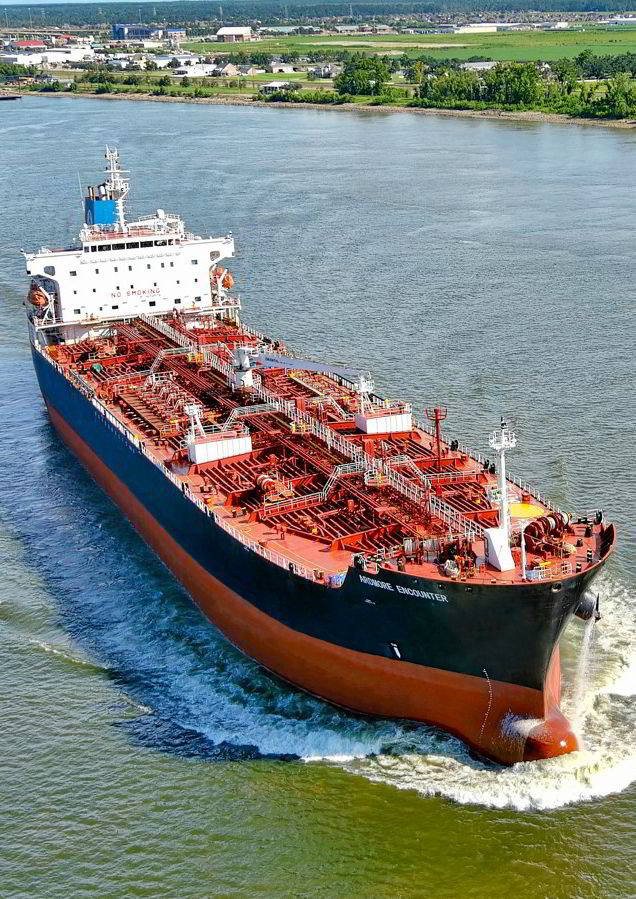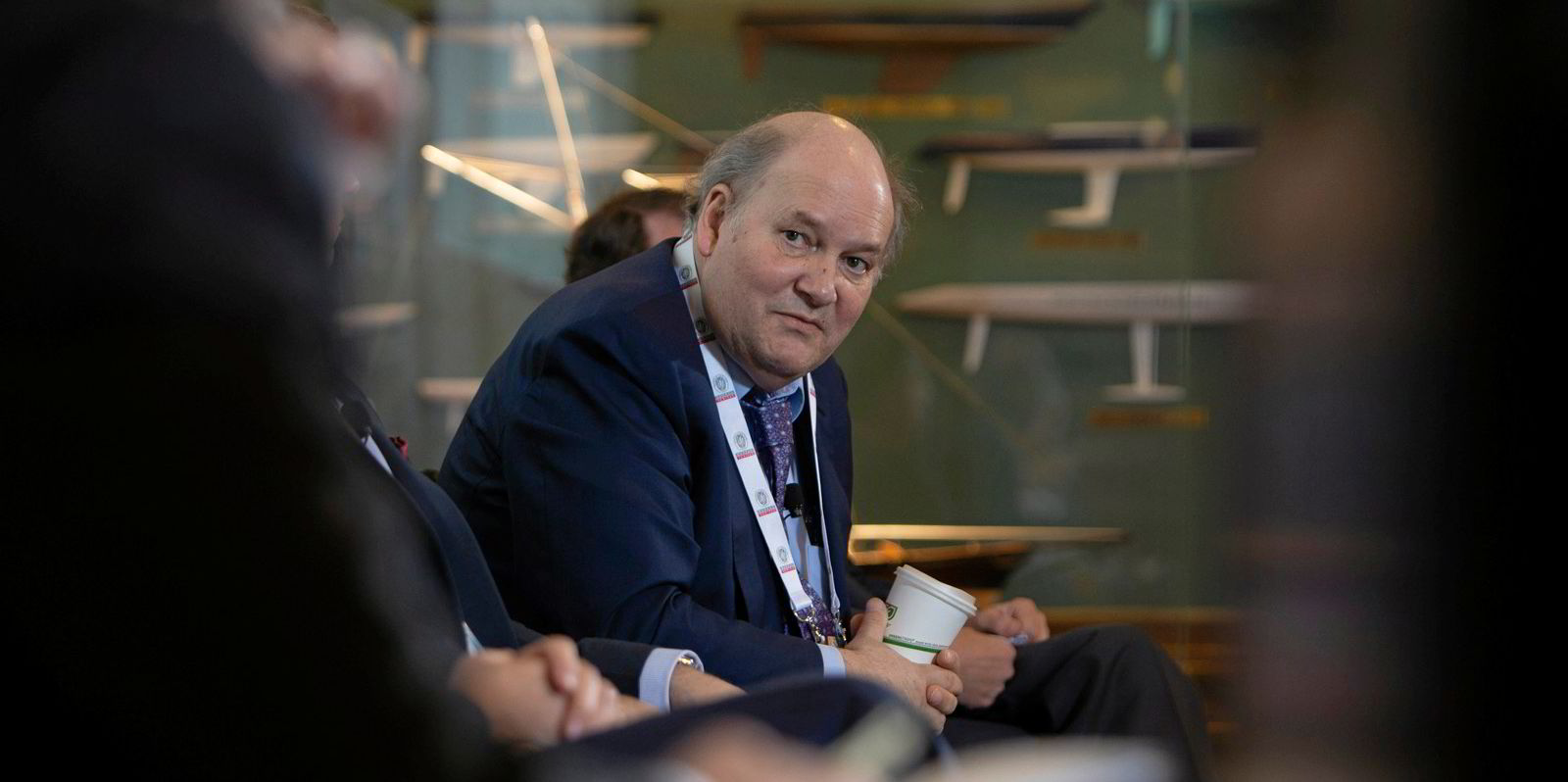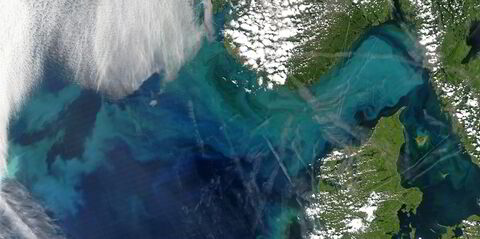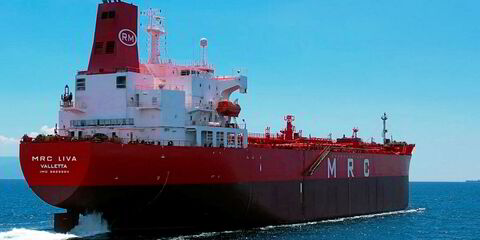What is Ardmore Shipping going to do with all this money?
The New York-listed, Ireland-based shipowner said the strong product tanker market would allow it to pay roughly one-third of its earnings in dividends, starting next year, while simultaneously pursuing other capital allocation goals of expanding, maintaining its fleet and keeping leverage below 40%.
On the third-quarter earnings call, it seemed Ardmore executives would be prioritising debt.
“As we continue to build liquidity, pay down debt, lower our breakevens … I think it actually does improve the quality of the dividends going forward. I think there’s a lot of benefit from that alone from a dividend standpoint,” chief executive Anthony Gurnee said.
Regarding growth, Gurnee and finance chief Bart Kelleher preached patience.
“Looking at the [mergers and acquisitions] or the vessel front, we have always been and we will continue to be patient and take a disciplined approach,” Kelleher said.
“We turned over a lot of stones and there are a lot of deals that don’t look so attractive today.
“If we’re in a really strong market for a prolonged period of time, we can also look at returning more capital. I think we have the benefit that we can look at these capital allocation priorities simultaneously now.”
Gurnee ruled out newbuildings, arguing that delivery dates and pricing are not right for the company: “I think that’s the broad consensus in the sector. I think there’s a strong bias against ordering.”
Ardmore’s dividend policy calls for it to pay out one-third of adjusted earnings to shareholders, a figure that does not include unrealised gains or losses or non-recurring items.
At current market levels — raised by refinery dislocation and low global inventories, and supercharged by the fallout from Russia’s invasion of Ukraine — the company said the dividend is estimated to be $0.50 per share, equivalent to an annual yield of 15%.
The company has $217m in net debt, with net leverage at 34.3%, in line with its under-40% goal.
For the quarter ending 30 September, Ardmore’s bottom line flipped to a $62m profit from a $12.2m loss a year earlier.

The 21 MR tankers under its control earned average time charter equivalents of $42,835 per day. Its 15 eco-designed MRs fetched $44,897 per day. The six smaller tankers earned an average TCE of $31,536 per day.
So far in the fourth quarter, MR rates have jumped, with 40% of days booked at average TCEs of $43,000 per day. Its smaller ships have half of all days booked at $31,500 per day.
Ardmore expects rates to strengthen as oil and chemical demand keeps rising in the coming quarters and the European Union’s embargo on Russian refined products kicks in on 5 February, which should increase tonne-miles by at least 7%.





